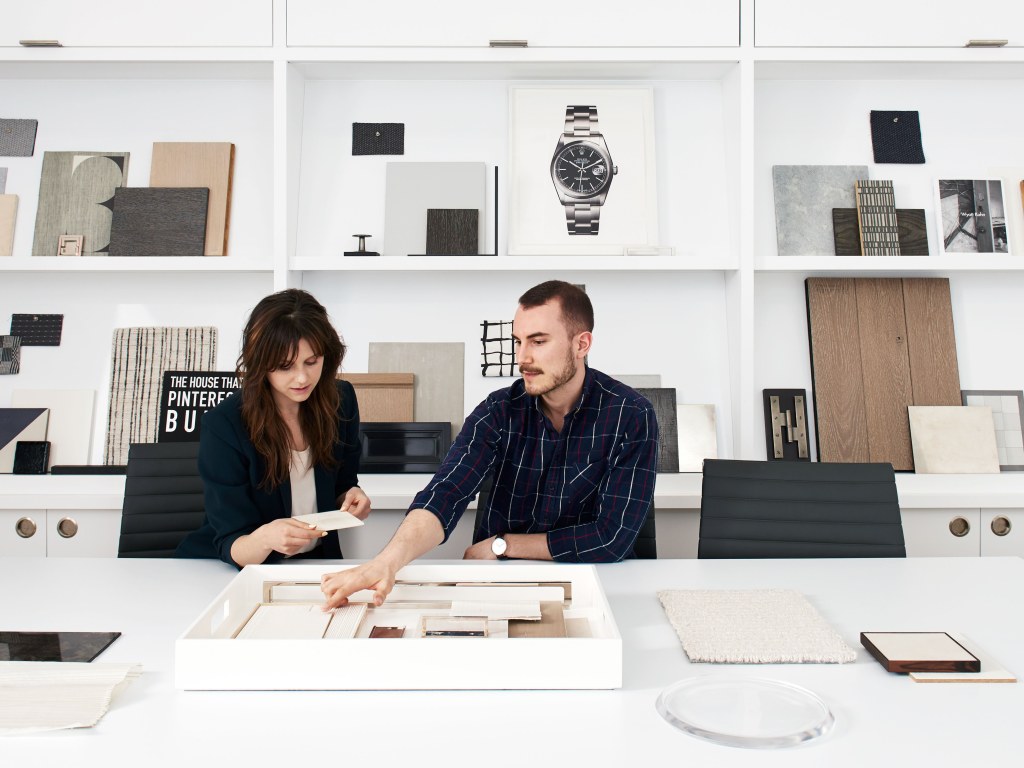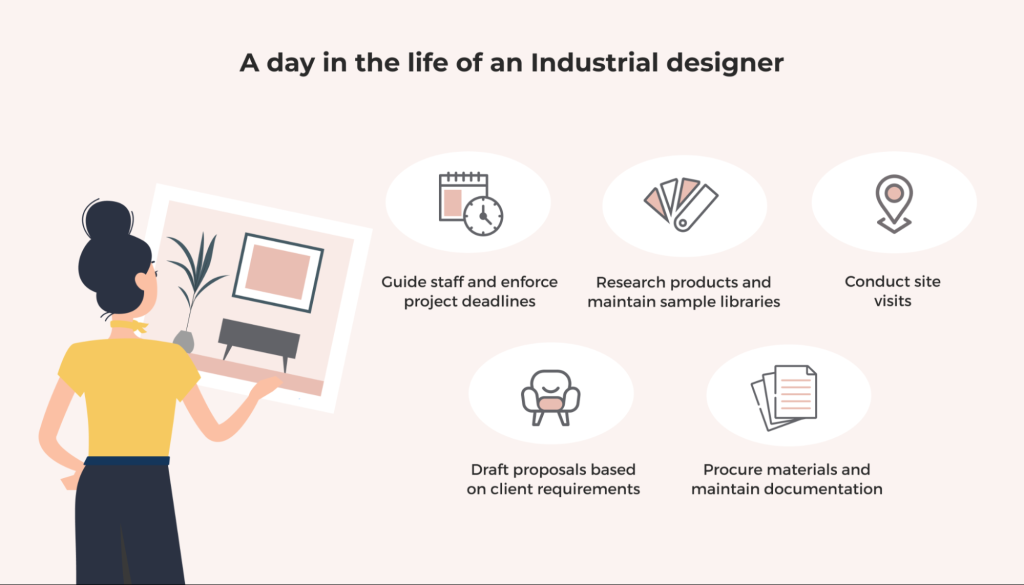Master The Art Of Interiors Design Process And Practice: Unleash Your Creative Skills Today!
Interiors Design Process and Practice
Introduction
Hello Interior Enthusiast,
2 Picture Gallery: Master The Art Of Interiors Design Process And Practice: Unleash Your Creative Skills Today!


Welcome to the world of interiors design process and practice. In this article, we will explore the fascinating journey of creating beautiful and functional spaces. Whether you are a professional designer or a home lover looking to enhance your living environment, understanding the design process can help you achieve your desired results. So, let’s dive in and explore the intricate world of interiors design together.
What is Interiors Design?

Image Source: architecturaldigest.com
Interiors design, also known as interior design, is the art and science of enhancing the interior of a space to create a visually pleasing and functional environment. It involves the careful selection and arrangement of furniture, colors, textures, lighting, and other elements to transform a space into a personalized and harmonious setting.
Who are the Key Players?
Interiors design is a collaborative effort that involves various professionals. The key players in this process include:

Image Source: foyr.com
Interior Designers: These professionals are responsible for conceptualizing and executing the design vision.
Clients: The individuals or organizations who commission the interiors design project.
Architects: They work closely with interior designers to ensure the structural integrity and functionality of the space.
Contractors: They handle the actual construction and implementation of the design plan.
Artisans and Craftsmen: These skilled individuals bring the design to life through their craftsmanship.
When Does the Design Process Begin?
The interiors design process typically starts with the initial consultation between the designer and the client. During this stage, the client’s requirements, budget, and timeline are discussed. Once the project is approved, the design process moves forward with various stages, such as concept development, space planning, material selection, and implementation.
Where Does Interiors Design Take Place?
Interiors design can take place in various settings, including residential homes, commercial offices, retail stores, hospitality spaces, and more. The location of the design project determines the specific considerations and regulations that need to be taken into account.
Why is Interiors Design Important?
Interiors design plays a crucial role in our daily lives. It goes beyond aesthetics and creates spaces that are functional, comfortable, and inspiring. A well-designed interior can enhance productivity, improve mood, and positively impact our overall well-being. It also adds value to properties and creates a lasting impression on visitors and occupants.
How Does the Design Process Work?
The interiors design process follows a systematic approach to ensure a successful outcome. It typically involves the following steps:
Initial Consultation: The designer meets with the client to understand their needs and objectives.
Concept Development: The designer creates a visual concept, including color schemes, furniture layouts, and material selections.
Space Planning: The designer determines the optimal arrangement of furniture and fixtures to maximize functionality and flow.
Selection of Materials and Finishes: The designer chooses appropriate materials, finishes, and accessories to bring the design concept to life.
Implementation: The design plan is executed, including construction, installation, and decoration.
Final Touches: The designer adds finishing touches, such as artwork, lighting, and styling, to complete the space.
Client Review: The client reviews the final design and provides feedback for any necessary revisions.
Advantages and Disadvantages
Like any process, interiors design has its advantages and disadvantages. Let’s explore both sides:
Advantages:
Enhanced Aesthetics: Interiors design improves the visual appeal of a space, making it more pleasing and inviting.
Improved Functionality: A well-designed interior maximizes the functionality and efficiency of a space, catering to the specific needs of the occupants.
Increase in Property Value: Investing in professional interiors design can significantly increase the value of a property.
Personalization: Designing your own space allows you to reflect your personality and create a unique environment.
Positive Impact on Well-being: A thoughtfully designed interior can positively impact mood, productivity, and overall well-being.
Disadvantages:
Cost: Hiring professional designers and purchasing high-quality materials can be expensive.
Time-consuming: The design process requires time for planning, selection, and implementation.
Subjectivity: Design preferences can vary, and it may be challenging to meet everyone’s expectations.
Regulations and Permits: Depending on the project, there may be specific regulations and permits required, adding complexity to the process.
Maintenance: Some design choices may require regular maintenance and upkeep.
Frequently Asked Questions
Q: How long does the interiors design process usually take?
A: The duration of the interiors design process can vary depending on the complexity and scale of the project. It can range from a few weeks for a small residential space to several months for a large commercial project.
Q: Can I design my own space without hiring a professional?
A: Yes, you can design your own space without hiring a professional. However, it is recommended to seek guidance from experts or undertake design courses to ensure a successful outcome.
Q: What is the role of technology in interiors design?
A: Technology has greatly influenced interiors design, allowing designers to create realistic 3D visualizations, explore different materials digitally, and communicate their ideas more effectively with clients.
Q: How much does hiring an interior designer cost?
A: The cost of hiring an interior designer varies depending on factors such as their experience, reputation, and the scope of the project. It is essential to discuss and agree on the fees and payment structure upfront.
Q: Can interiors design have a sustainable approach?
A: Absolutely! Sustainable design practices are becoming increasingly popular in interiors design. Designers can incorporate eco-friendly materials, energy-efficient solutions, and sustainable practices to create environmentally conscious spaces.
Conclusion
In conclusion, interiors design is a fascinating process that combines creativity, functionality, and attention to detail. By understanding the different aspects of the design process and practice, you can embark on your own design journey or collaborate effectively with professionals to create beautiful and meaningful spaces. So, embrace the possibilities and let your imagination soar as you embark on your interiors design adventure!
Final Remarks
Disclaimer: The information provided in this article is for educational and informational purposes only. The interiors design process and practices may vary depending on individual circumstances and project requirements. It is always advisable to consult with professionals and experts in the field for personalized guidance and advice.
This post topic: Interiors



